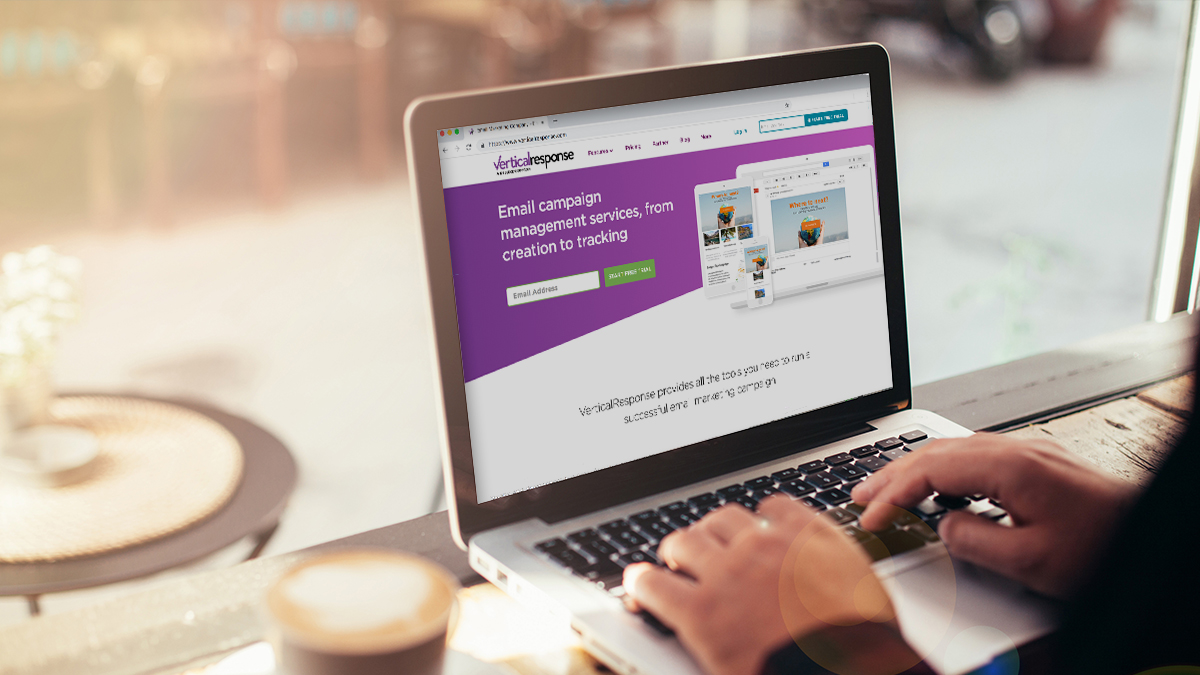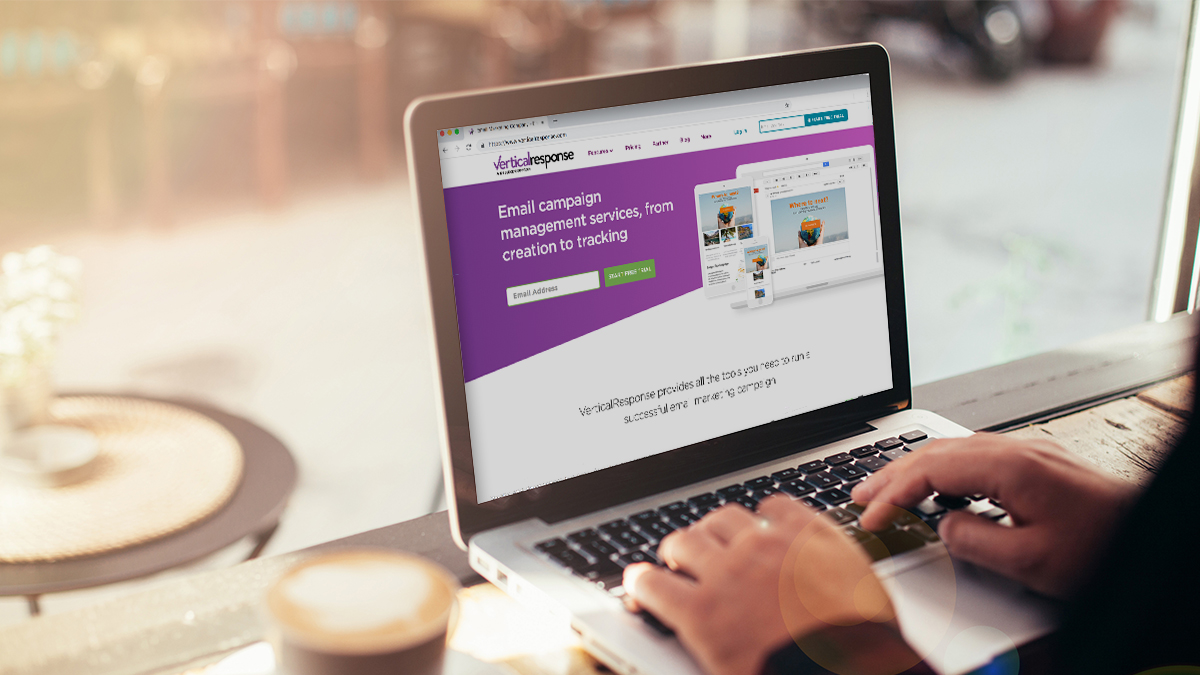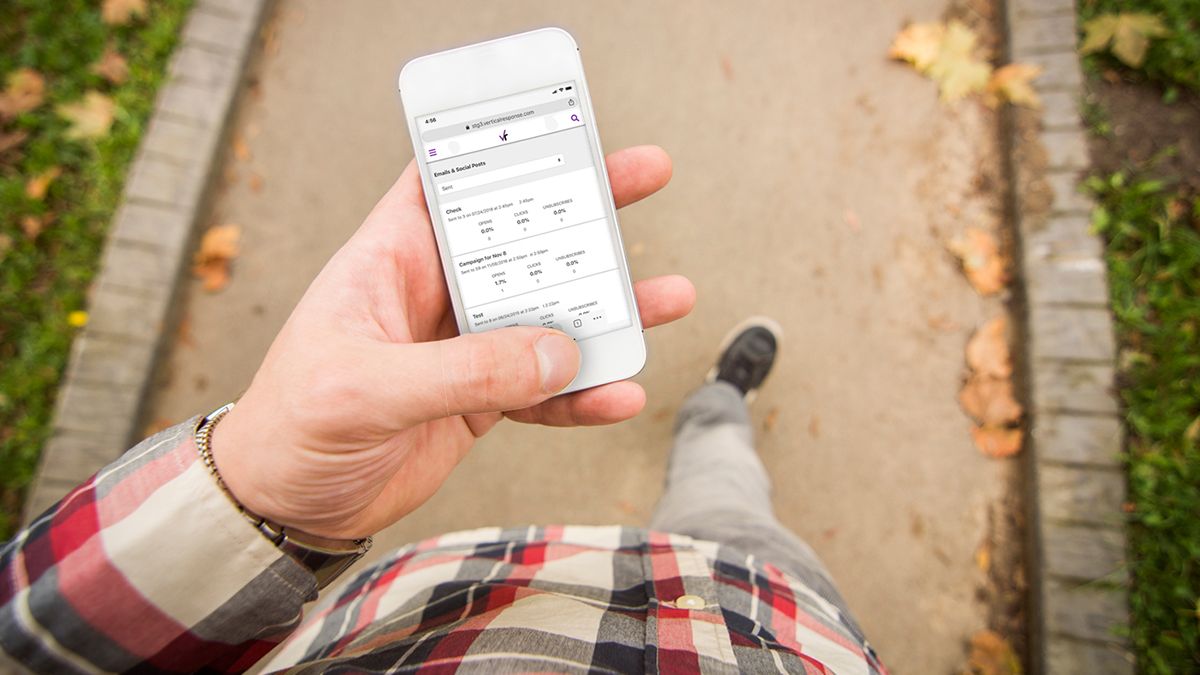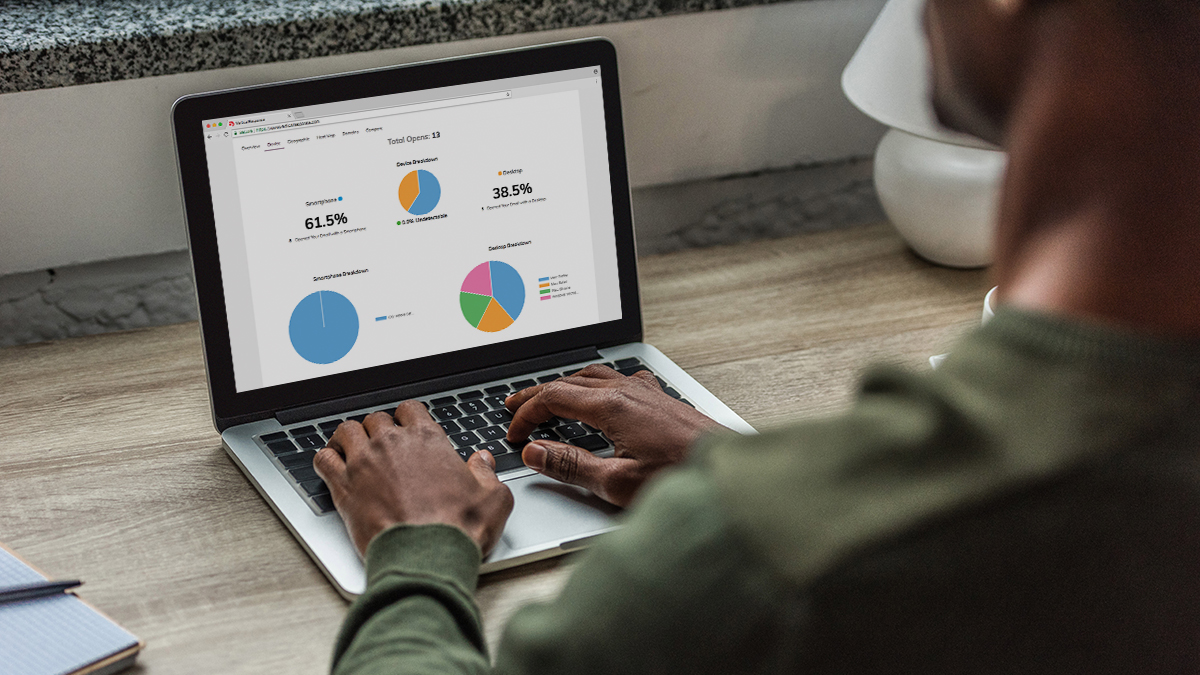
Behind the scenes at VerticalResponse: Designing the new email editor
Have you heard? We’ve just released a new email editor that makes customizing and sending campaigns easier than ever. If you’re curious about the change and wondering what to expect from this update, we have a treat for you. We’re pulling back the curtain with a behind-the-scenes look at the development of the new editor — from vision to launch. We talked to Senior Product Manager Patrick Khajehtoorian to get the lowdown on some of the exciting features and how they were designed.
Q: Can you tell us a little about your team and what you do?
A: We have about 15 developers, and we build features for email. We’re very focused on email automation, personalization, recommendations, and building great, responsive emails. Our focus for 2017 is to help customers grow and build their lists, engage their contacts through email, and track the conversion rates of their campaigns. But in general, we build tools that help small businesses grow with email marketing and social media marketing.
Q: Why create a new editor? What problem were you trying to solve?
A: Originally the editor we built had a lot of design constraints. We went with the theory that if we make an editor that is so simple that it doesn’t allow you to change the colors and layout and dimensions, then people would be more likely to create and send a simple email and not abandon that email midway through the workflow. But we were wrong. What we learned is that people wanted more design flexibility. They wanted to be able to change background colors and layouts. We realized that the only way that we would be able to fulfill these requests was by rebuilding the editor from the ground up. So that’s what we did.
The second reason was that we were starting to see a new trend on how people build emails. Today, we see email editors that have all of these individual content blocks. When you’re building an email, you select content blocks one by one and drag them into your email canvas.
So, think of an email that you might get from an online store. You’d probably see a picture of a product at the top of the email, and then below that, it’s the price, and below that, a button that says “buy now.” To build that email with one of our competitors, you would have to drag three times — you’d drag an image first, then you’d drag text, then you’d drag a button. So you did three operations there. And what we did was create a lot of predefined rows with all of these content elements in there so you can find which layout makes sense for you, and insert it with just one click. So it’s less work.
What we’re doing is offering a template builder, which means you’re building your layout with these content blocks, and an editor, giving you the ability to change the content and the template’s colors, all in one.
Q: You mentioned that customer feedback influenced the development process. What else helped you determine which features to add and how you were going to design the editor?
A: Seeing a trend from template designers in the market place. We started going to different email template stores and noticed these stores were no longer sending you just this one formatted template. They were offering what we have today with the new editor.
Usually, template stores allow users to buy templates that are pre-built based off a theme such as your industry. When you choose a template from the gallery, you’ll see that the designer has created all of these rows of content to demonstrate how you could build your email using that template. A customer probably isn’t going to want to use all of these rows — some might not work for their email. But if I buy this template and want to get rid of some of the rows, I’m going to have to go into the code and start deleting. Sometimes doing that will cause issues with the layout because you’ve actually deleted something you shouldn’t have. Because of that, people started to design the type of editors that we have that let the user decide which rows they want and which layout.
Q: Which features are you most excited about, and which do you think users will be most excited about?
A: One of the most exciting things for our users is that they can go from a two-column layout to a three-column layout while editing an email. Some of our competitors ask you to choose how many columns you want before you start adding content to the email canvas. Our editor can actually do it on the fly.
Another thing that a lot of people will like is the flexibility. For example, the biggest complaint with the old editor was that you couldn’t reduce the spacing between content elements — there were big gaps. So now we offer these powerful design tools that allow users to control everything about the layout. You can control the spacing, you can control the background color — you couldn’t do any of this in the old editor.
I also think the photo gallery is pretty awesome. We have free stock photos and graphics.
Q: How long did it take you guys to develop the editor?
A: About a year. It’s a long time because it was built from the ground up. But we also want to take this editor and eventually build websites and landing pages with it. We want it to be more than just an email editor.
Q: Have you gotten any customer feedback on the editor yet?
A: Yes, we’ve gotten great feedback. When we originally did the beta test we invited about a hundred people and had a very good response.
Q: What’s next?
A: Now, we’re focused on seeing if the number of customer support calls has decreased with the new editor. We’ve noticed from our in-app analytics, people now spend half the time creating an email that they used to. The data was showing us that people were spending about an hour to an hour and a half with the old editor, and with the new editor they’re cranking out emails in about 20 minutes.
Find out more about VerticalResponse’s new email editor and its easy-to-use design tools.
Build, send and track emails that look great on any device
© 2017 – 2018, Amber Humphrey. All rights reserved.
 START YOUR FREE TRIAL
START YOUR FREE TRIAL 


